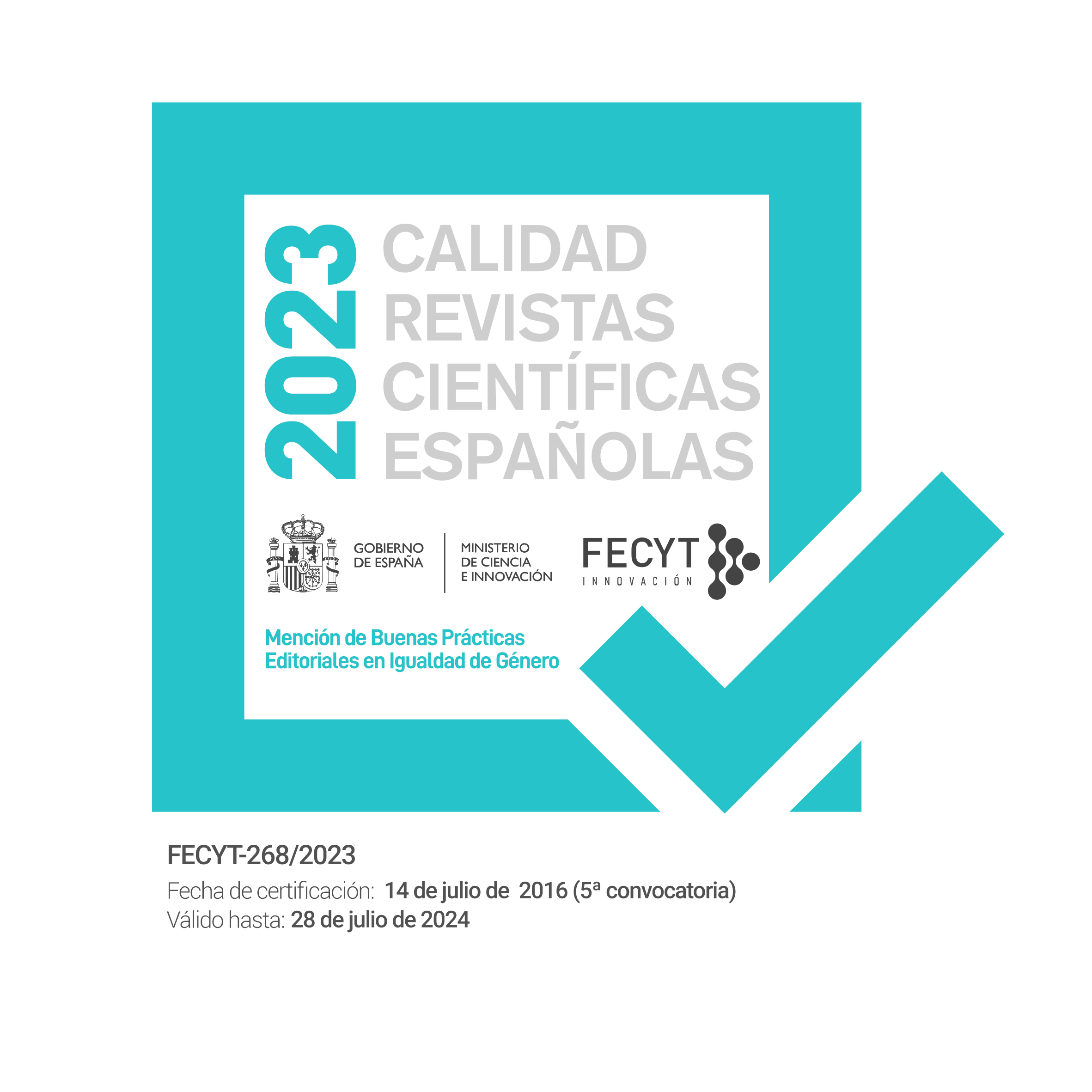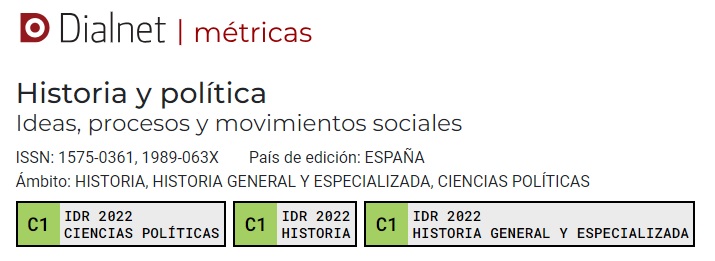Social control and discreet surveillance
The Ministry of Information and Tourism’s Liaison Office (1962-1977)
DOI:
https://doi.org/10.18042/hp.2024.AL.05Abstract
The article aims to analyse the structure, staff and functions of the so-called Oficina de Enlace, created in 1962 for informational purposes within the Ministry of Information and Tourism. To this end, the existing funds in the General Administration Archive have been used, to which qualitative techniques have been applied for the treatment offered by the documentation, as well as the Boletín Oficial del Estado. From its study we deduce that the office, renamed as of 1974 as Gabinete de Enlace, carried out tasks of surveillance, monitoring, espionage and social control of groups and individuals of a great ideological variety, thus exceeding the purpose defined in the moment of its creation, and acting as support of repressive organisms. Some functions continued to be performed in the first biennium of the Transition to Democracy until their subtle disappearance from 1977, thus confirming the maintenance of dictatorship institutions after Franco’s death.
Downloads
Published
Issue
Section
License
Copyright (c) 2024 Matilde Eiroa San Francisco

This work is licensed under a Creative Commons Attribution-NonCommercial-NoDerivatives 4.0 International License.
Authors whose contributions are accepted for publication in this journal, accept the following terms:
a. The authors retain their copyright and guarantee to the magazine the right of first publication of their work, which will be simultaneously subject to the Creative Commons Attribution License Attribution-Noncommercial-No derivative works 4.0 Spain, which allows third parties to share the work as long as its author and its first publication is indicated.
b. Authors may adopt other non-exclusive license agreements to distribute the version of the published work (e.g. deposit in an institutional repository or archive, or published in a monographic volume) provided the initial publication in this journal is indicated.
PLAGIARISM AND SCIENTIFIC FRAUD
The publication of work that infringes on intellectual property rights is the sole responsibility of the authors, including any conflicts that may occur regarding infringement of copyright. This includes, most importantly, conflicts related to the commission of plagiarism and/or scientific fraud.
Plagiarism is understood to include:
1. Presenting the work of others as your own.
2. Adopting words or ideas from other authors without due recognition.
3. Not using quotation marks or another distinctive format to distinguish literal quotations.
4. Giving incorrect information about the true source of a citation.
5. The paraphrasing of a source without mentioning the source.
6. Excessive paraphrasing, even if the source is mentioned.
Practices constituting scientific fraud are as follows:
1. Fabrication, falsification or omission of data and plagiarism.
2. Duplicate publication.
3. Conflicts of authorship.





